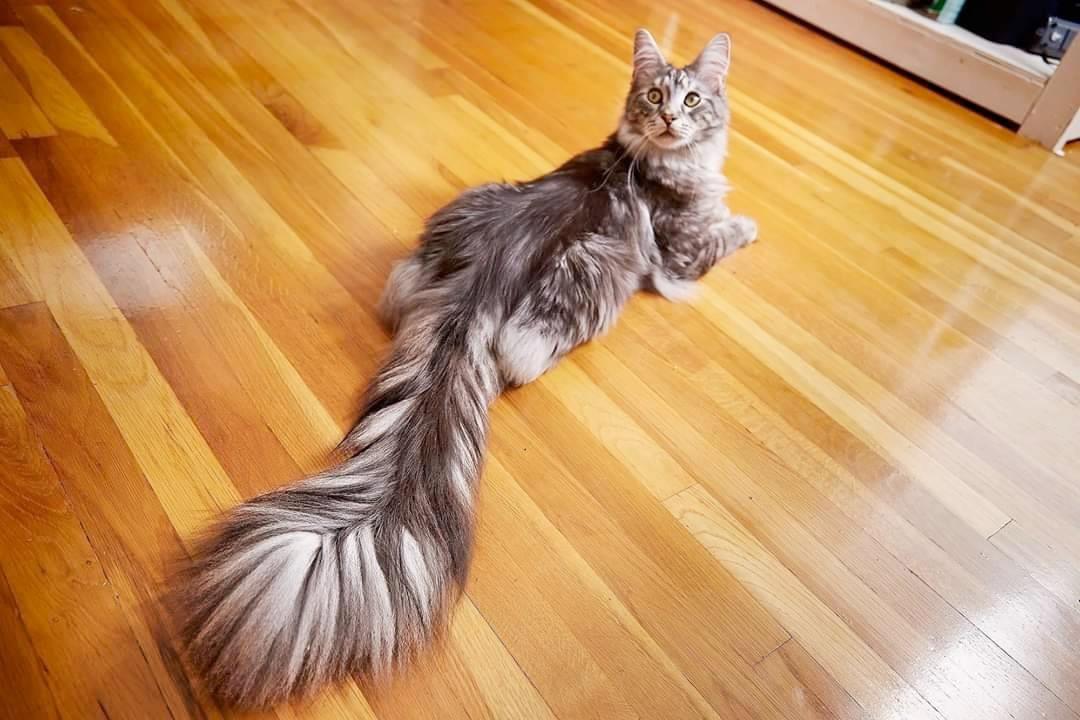Your cat uses his tail to communicate with you and other cats.
The tail is arguably one of the most important messengers in your cat.
But the tail does much more than just communication. Here are some important facts about cat tail anatomy.
1. Cat tails are used for balance adjustment
Studies have established that vestibular neurons which respond to angular and linear acceleration have a significant influence on the tail movements when the cat is in the process of balance adjustment.
Tails are therefore used as rudders when the cat wants to achieve a rapid shift in position, e.g. when running.
The tail helps a cat balance when walking or trotting on fences, shelves, or any other narrow space.
2. Cat tail injuries can be permanent
Even though tail injuries can be cured, some of these injuries can also be permanent.
If the accident breaks the bones or affects the nerves, there is a good chance your cat will have to live with a permanently injured tail.
This is often seen in crooked tails in cats that weren’t born that way.
Some of the common injuries that could result in permanent damage are fractures, avulsion injuries, and acute trauma.
Related Post: Cats with Kinked Tails: Everything You Need To Know
3. A cat can live without a tail
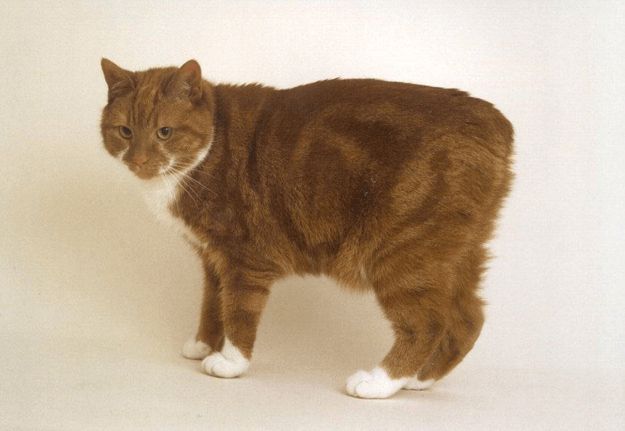
Even though cats rely on their tails for balance, they can learn to do without them and still lead a healthy life.
If your cat’s tail gets severely injured and the vet recommends amputation, don’t worry about it.
The cat will learn how to cope and soon be okay without it.
Granted, he will need to get used to the situation but cats adapt very fast.
Related Post: Can Cats Survive with 2 Legs?
4. Some cat breeds are tailless
Tailless cats are rare but they exist. The Manx breed, for instance, is renowned for its tailless attribute.
It is believed the Manx lost their tail gene as a result of a genetic mutation that resulted from inbreeding a tiny population of British Shorthairs.
Although this is considered a mutation, tailless cats are somewhat popular in some circles.
They are just as agile as other cats.
5. Cats can hold their tails in a vertical position while walking
Wild cats and almost all other members of the cat family typically hold their tails horizontally while walking.
Sometimes, they hold their tails between their legs.
However, domestic cats have the unique ability of holding their tails in a vertical position while walking.
They do this to communicate that they’re content and happy.
6. A cat’s tail contains almost 10 percent of their bones
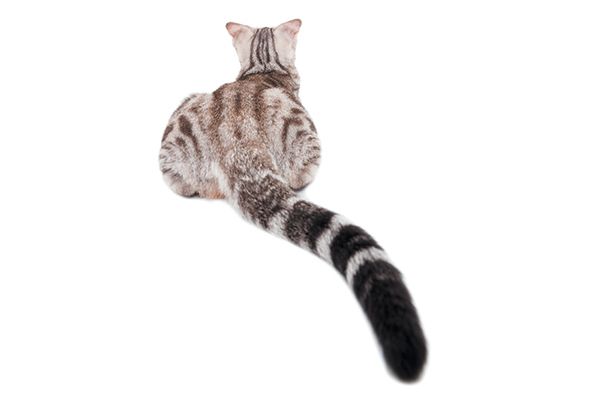
The cat relies heavily on its tail for communication with humans as well as with other cats and animals.
To help them do this more effectively, cats have lots of tiny bones in their tails.
It is estimated that 10% of all of the cat’s nerves, ligaments, tendons, muscles, and bones are located in the tail.
Cat owners must therefore learn to read the tail language of their cats.
7. Tails respond to stimuli
A cat’s tail is designed to respond to thermal, mechanical, and electrical cutaneous stimulation.
These responses are somewhat similar to the limb’s withdrawal and flexion reflexes.
These responses are meant to protect the tail from any kind of damage.
8. Cats don’t wag their tails when they are happy
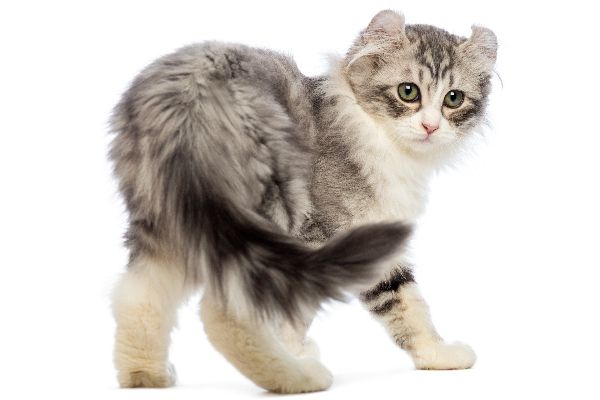
Canines are known to wag their tails as a sign that they are happy and content.
This can be confusing for cat owners because cats wag their tails too but it has nothing to do with delight.
On the contrary, a cat wags his tail as a way of communicating that he is agitated and the best thing to do is to give them space to calm down.
9. Ailing tails
The tail of your cat can tell you if your cat is unwell.
If the cat no longer twitches its tail in excitement, or if it’s no longer upright, there is a good chance your cat is sick.
To put it simply, any noticeable change in the behavior of your cat’s tail should be taken as a sign that he needs to visit the vet.
10. Tail length is related to cat size
The length of cat tails vary from breed to breed but on average, the tail of males is 11 inches while that of females is 9.9 inches.
Since males are usually larger than females, we can then infer that the overall length of a cat’s tail is determined by the size of the cat.
11. The longest tail recorded is 17.58 inches
According to the Guinness Book of World Records, the longest tail cat recorded is 17.58 inches (44.66 cm).
The tail belongs to Cygnus Regulus Powers, a Maine Coon, which is not surprising because Maine Coons are known to be huge cats.
The owners of the cat report that Cygnus occasionally dips the tail in the wrong places because the tail is too long.
12. Tailless cats can actually have tails
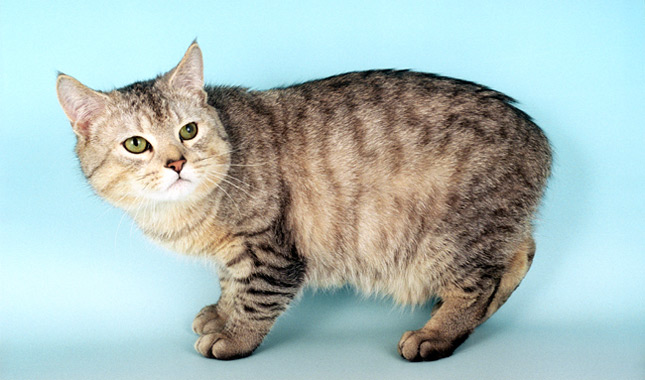
Manx cats are known to be the tailless breed but contrary to common belief, these cats can have a tail.
The lack of tail in these breeds is attributed to a genetic mutation. They therefore typically have stump-like tails.
However, because there are several variations of the Manx breed, some of the variations might have tails.
Some common variations that could have tails include longies, stubbies, stumples, rumples, and risers.
Related Post: Are All Tailless Cats Manx?
13. What cat tails are made of
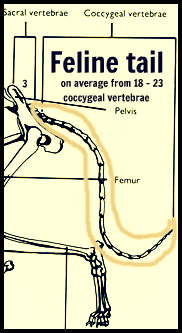
The cat of a tail is primarily made of vertebrae (small bones). These are the same bones that are found in the spinal column.
Like in most mammals, these bones extend from the head to the base of the head.
Vertebrae are held in position by ligaments, tendons, and muscles.
Tails are very flexible because they have lots of small bones with spaces in between them.
Related Post: Do Cats Have Bones In Their Tails?
14. Cat tails have cartilage
The ear and the nose are the obvious candidates for cartilage but the tail of your cat has cartilage too.
Cartilage is one of the commonest connecting tissues in mammals and it is found in the body of your cat and especially in his tail.
Cartilage is very flexible and this makes it possible for the cat to achieve lots of different tail movements.
15. Cats can feel pain in their tails
Even though the tail seems detached from the rest of the body, it still has lots of nerves and is therefore extremely sensitive to pain.
The nerves control precision in the tail movements but are also connected to functions of the hind legs, bladder, and intestines.
Cat Tail Anatomy: Final Thoughts
Clearly, the tail is an important part of your cat—for the breeds that have them. This underscores the need of taking good care of it to avoid injury. Any accident should be attended to by a vet as soon as possible.

Hi! I am Eleanor Price. I started this website after my cat, Louie, almost died from a case of botulism (a type of food poisoning often caused by bacteria that grow on food items). Turned out that my cat’s diet was the problem. I have made it my duty to provide the best information and recommendations about everything cat lovers need to know about their felines’ health and wellbeing. My goal is to find the most informative content on anything feline-related and share it with fellow hardworking kitty lovers.

